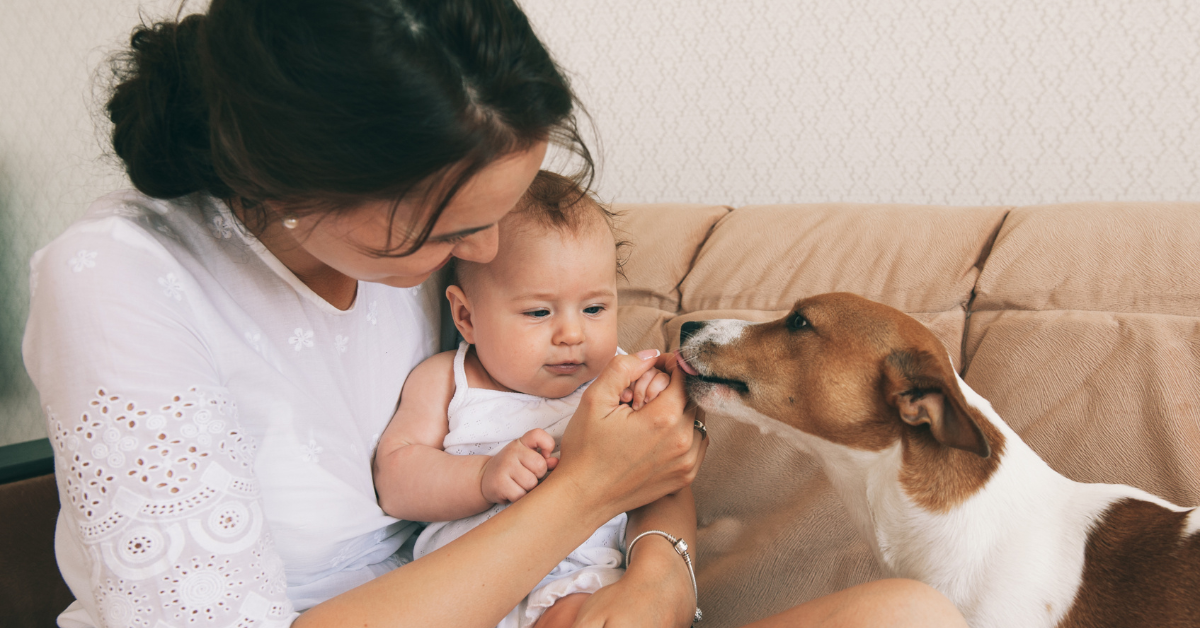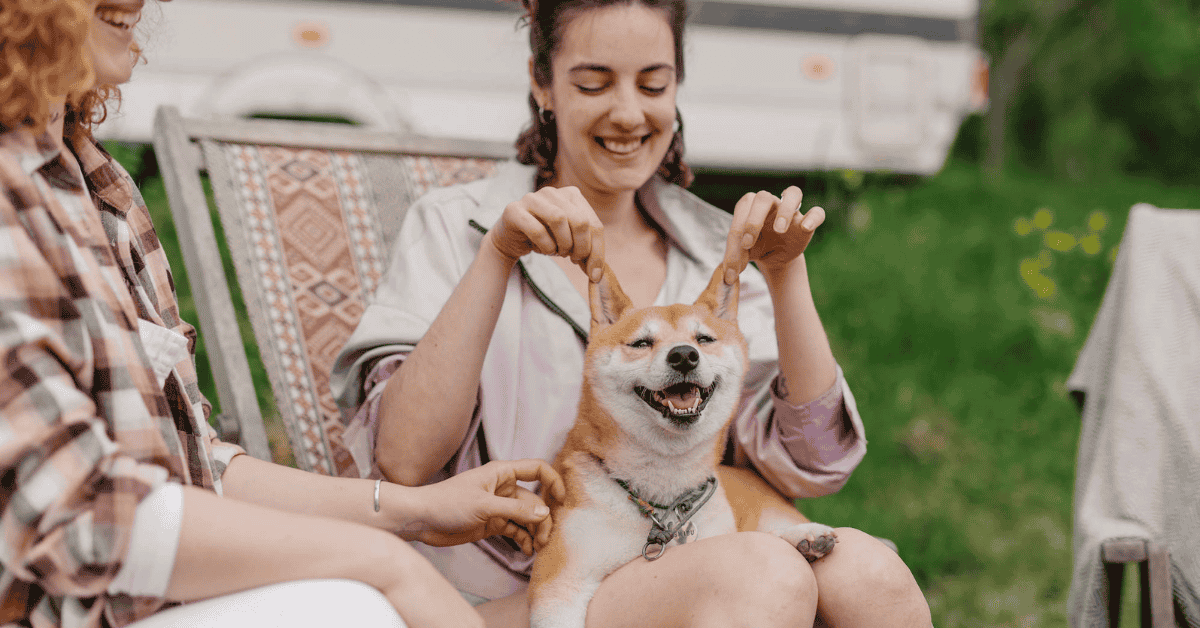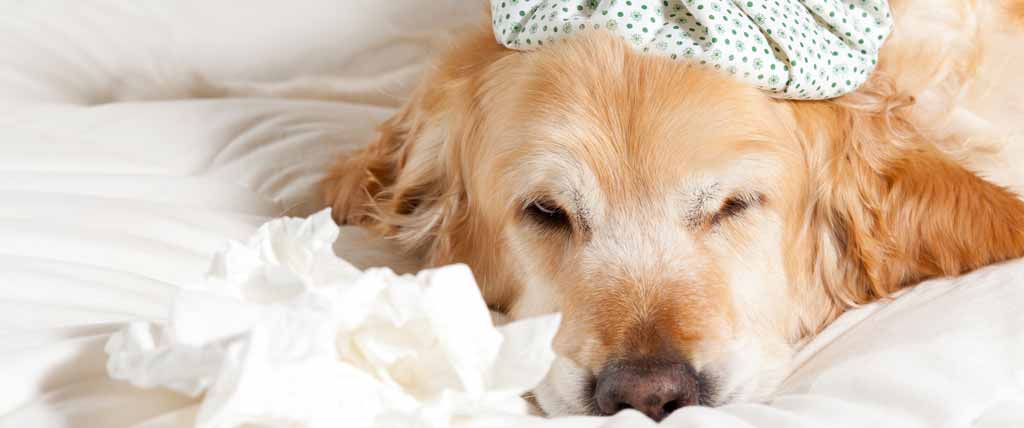Canine Influenza A.K.A. The Canine Flu. What You Need To Know.
Swine Flu, MRSA, The Zombie Apocalypse, and now, Canine Influenza. With so much information out there on the internet, it is hard to know when to panic, especially when you are seeing headlines like “Kills Five Dogs” and “Epidemic”. When it comes to our floofins, safety first! Here is what you need to know to keep all of our floofins safe and healthy while this epidemic subsides over the next few weeks:
What Is The Dog Flu? This is not kennel cough. Canine Influenza, like the human flu, is a highly contagious virus (that means no antibiotic treatment for this) that attacks the respiratory system.
What Are The Symptoms?
- Coughing (a lingering cough)
- Sneezing
- Fever
- Nasal discharge (starts clear and progresses to thick, yellow-green mucus)
- Rapid/difficult breathing
- Loss of appetite
- Lethargy
Symptoms last for about two weeks until the virus runs its course.
How Does It Spread? Canine flu spreads just like the human flu, through close contact in highly populated areas. Dog #1 “boop kisses” dog #2 and “voila!”. It can also live on hard surfaces. Dog #1 sneezes and dog #2 sniffs the spot later on.
How Can It Be Controlled? In order to help this outbreak subside, veterinarians are urging dog parents to stay out of highly populated areas like dog parks, doggy hotels, dog daycares, groomers, dog beaches, dog stores, etc.
There is a canine flu shot which is a two-part vaccination. Like the human flu shot, it doesn’t necessarily deflect the flu, but could reduce its length and severity. It is not a core vaccination but may be appropriate for high-risk dogs and should be discussed with your veterinarian.
Like with the human flu, young puppies, senior dogs and those with compromised immune systems should take extra precautions and are at higher risk of complications like a secondary infection such as pneumonia.
What Are We Doing? Floofins & Company is taking the following precautions above our usual sanitization protocol per our vet recommendations to help reduce the spread of canine flu:
- As always, washing hands before and after visits. Wearing gloves if any symptoms are noted upon arrival
- Avoidance of saliva on skin and clothes
- Avoiding doggie kisses (so hard for us, but necessary)
- Avoiding areas during walks that are frequent spots for other dogs (parks, local dog parks, prairie path, etc)
- Carrying a change of clothes in the event we run into a dog displaying symptoms
- Leaving shoes outside upon home entry
- Wiping paws after each visit
Please help us keep all of our clients safe by canceling any scheduled walks or visits if your pup has a known case of Canine Flu! If everyone can reduce exposure for the next several weeks, the hope is that this outbreak will quickly pass.
Do you live in the chicagoland area and are looking for a pet care specialist? Get in touch with our team today:
Other Recent Blog POsts

Our Favorite Chicago Dog Moms (and Cat Moms)
May 7, 2025
Celebrating Our Planet: Earth Day Considerations for Chicagoland Pet Lovers
April 22, 2025
4 Top Ways to Keep Chicagoland Dogs Fit During Canine Fitness Month
April 9, 2025
The Word “Floofin” Defined
March 27, 2025
Pet Sitters Coming Together at the 2025 NAPPS Conference
March 12, 2025

